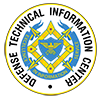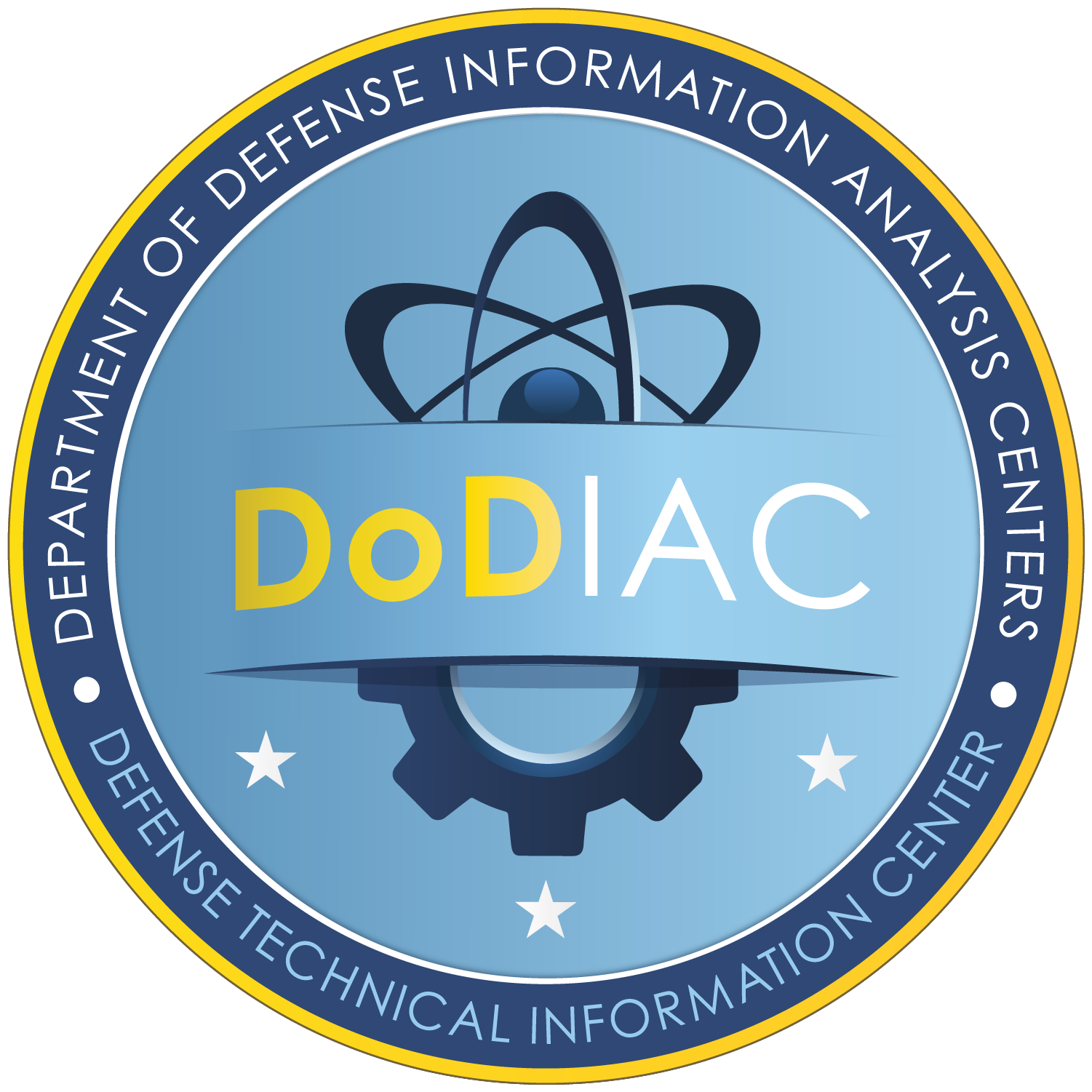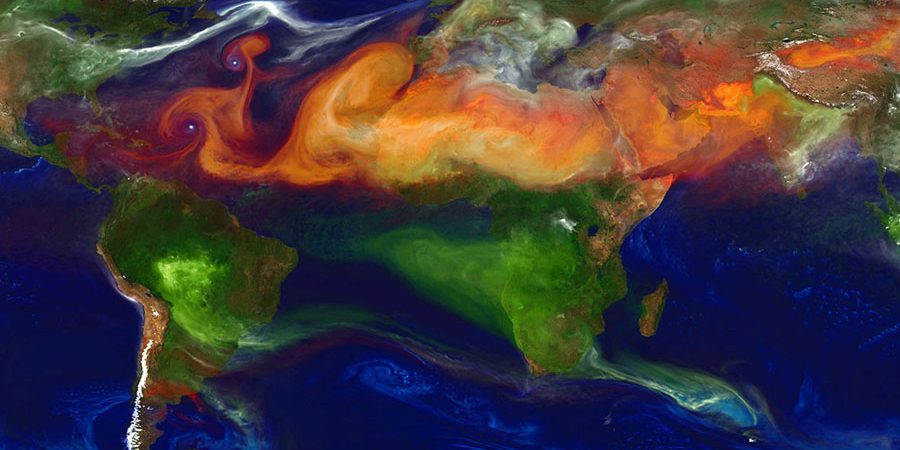One of the most difficult challenges of any potential environmental data consumer is coping with the sheer volume, type, and quality of available datasets. Whether this consumer wants to know if they should carry an umbrella or invest in an orange juice future, petabytes of information are needed to make a decision. Each day, millions of observations and dozens of satellites support weather forecasts from minutes to years. This webinar will provide one aspect of the weather-forecasting enterprise—monitoring and predicting major aerosol events like dust storms, forest fire smoke plumes, and pollution events. Because this is a vast and diverse field of research, development, and operations, the goal here is to briefly outline the monitoring and predicting of aerosols so data consumers can address their particular problems. Whether an individual is interested in forecasting a hurricane, dust storm, or a backyard flooding problem, the basic nature of the data community is the same—a ladder of observations feeds models that can be used to generate fields of potential impact to inform a decision-maker. The following will be discussed:
- The nature of aerosol and pollution monitoring and forecasting
- Sensor networks
- Environmental satellites
- Numerical weather predictions
- Environmental reanalyses
- Available data archives and visualization tools
- Artificial intelligence systems
- Good rules of thumb and pathways to address common aerosol-related problems, including air quality forecasting, forensic events analysis, and plume dispersion


